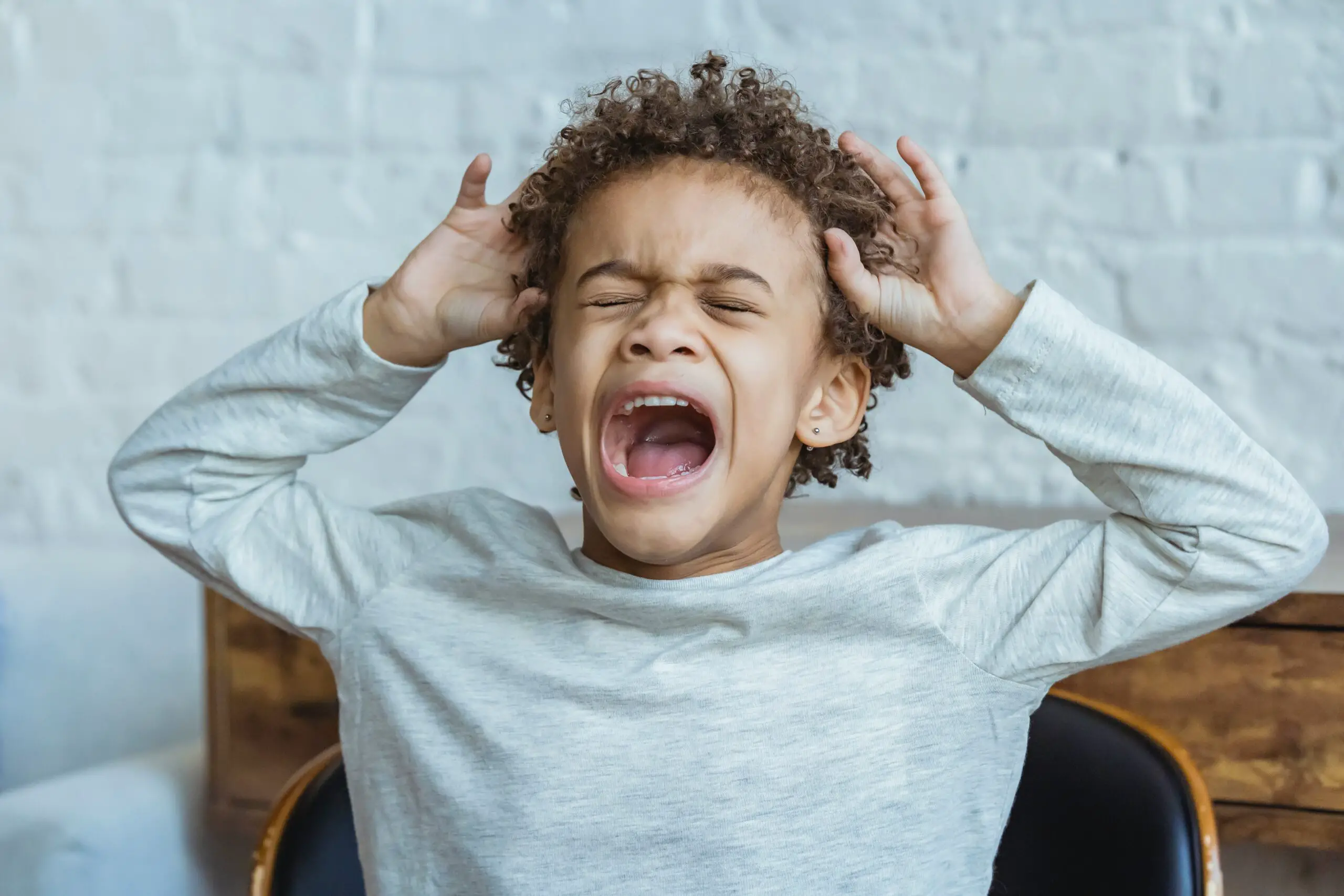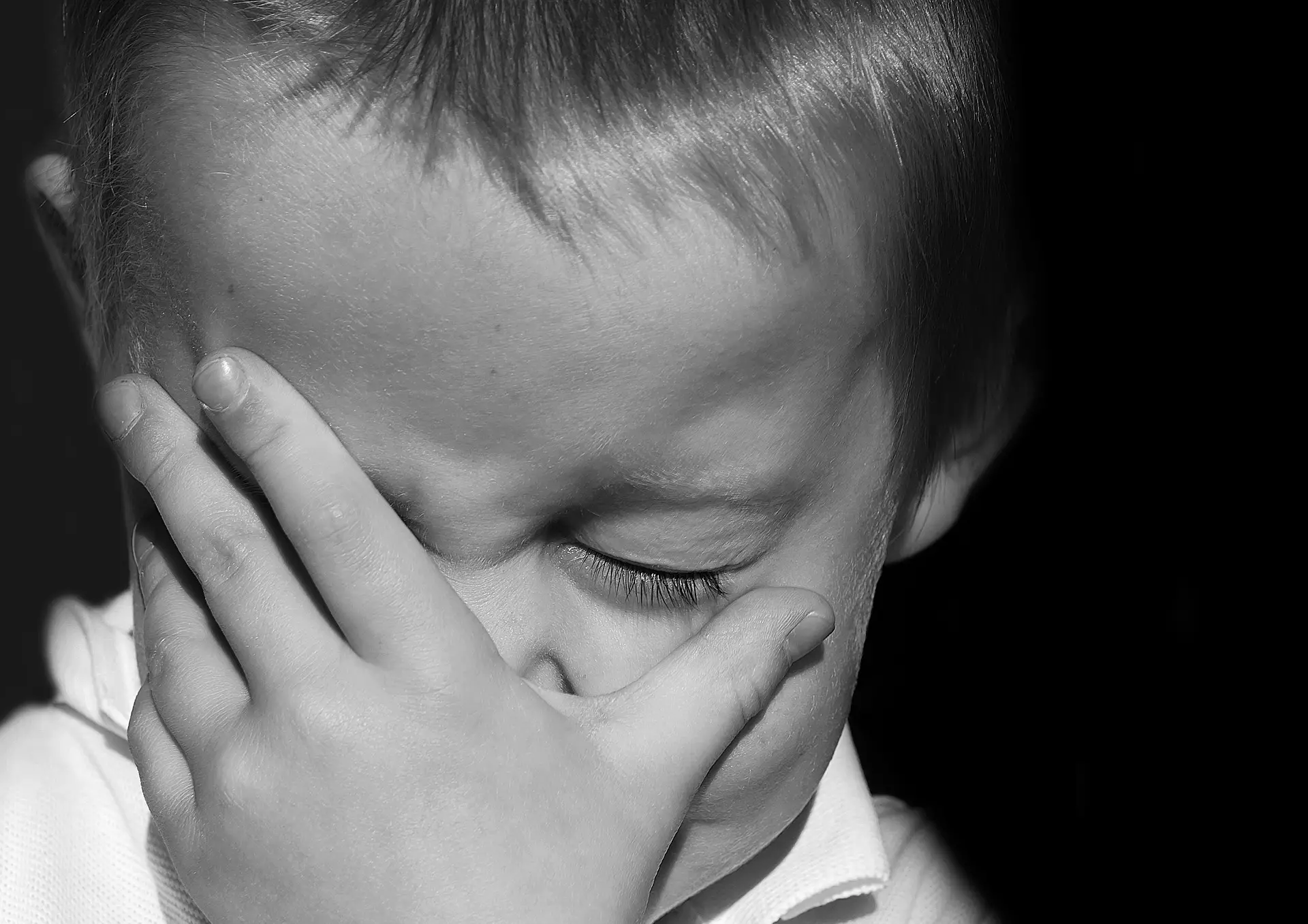Being in certain atmospheres increases the likelihood of our children getting lice, not just once, but sometimes multiple times, which answers the question many parents ask, ” why does my child keep getting lice?”
Head lice are tiny insects that live on the blood of people. Head lice infestations are more common in youngsters and are caused by the direct spread of lice from one person’s hair to another’s hair.
A head lice infestation isn’t a symptom of bad hygiene or a filthy living environment. Head lice do not transmit bacterial or viral infections.
You can treat head lice with drugs bought over the counter at a pharmacy and prescription treatments. To get rid of lice and their eggs from your scalp and hair, carefully follow the treatment recommendations.
Other treatments include a variety of home or natural medications; however, there is next to no scientific proof of their usefulness.

Head Lice Symptoms
The following are some of the most common indications and symptoms of a lice infestation:
- Itching – Itching on the scalp, neck, and ears is the most typical symptom of lice infestation. It is a reaction to louse bites that causes an allergic reaction. Itching may not appear for four to six weeks after a person has gotten infected with lice for the first time.
- Lice on the head – Because lice are microscopic, shun the light, and move swiftly, they might be difficult to notice.
- On hair shafts, lice eggs (nits) – Nits get drawn to hair shafts. Because nits are so tiny, they can be difficult to spot when they’re incubating. The most accessible places to look for them are around the ears and the hairline of the neck.
- Empty nits – Because they’re lighter in color and farther away from the scalp, empty nits may be easier to notice. The presence of nits, on the other hand, does not always imply an ongoing infestation.
- On the scalp, neck, and shoulders, there are sores – Scratching can cause small, red lumps to appear, which can get infected with bacteria.
When Should You See A Doctor?
If you suspect you or your kid has a head lice infestation, consult your doctor before starting treatment. Many kids have also been treated for head lice with over-the-counter drugs or home cures when they don’t have an active infestation, according to studies.
Things that are frequently mistaken for nits include:
- Dandruff
- Hair-care product residue
- On a hair shaft, a bead of dead hair tissue
- Scabs
- Dirt
- Other particles
- Other tiny insects discovered in hair
Head Lice Causes
A head louse is a brown or grayish insect approximately the size of a strawberry seed that lives on the scalp. It sucks on blood from the scalp of a victim. Each egg is firmly connected to the base of a hair strand, not just around five millimeters from the hairline by a sticky material produced by the mother louse.
The Life Cycle Of A Louse
The life cycle of a louse splits into three stages:
Following six to nine days, the eggs hatch.
Nymphs are the immature stages of the lice, which mature into adults after nine to twelve days.
Adult lice have a three-to-four-week lifespan. Daily, the female louse releases six to ten eggs.

How Lice Transmits
Are you wondering why does my child keeps getting lice? Although head lice may crawl, they cannot jump or fly. Direct head-to-head contact is a common way for a head louse to spread from one person to another, especially within a family or among children who frequently interact at school or during play.
Although indirect transmission is rare, lice can be transmitted from one person to another through items like:
- Scarves and hats
- Combs and brushes
- Hair ornaments
- Headphones
- Pillows,
- Towels
- Upholstered furniture
Indirect transfer between garments stored together is also possible. Hat or scarf placed on the same rack or kept inside the same locker, for instance, could be used to spread lice.
Pets in the home, like cats and dogs, are not involved in the transmission of head lice.
Factors That are at Risk
Since head lice are transmitted chiefly through close head-to-head encounters, the infection rate is highest among children who play together or attend school together. Head lice cases are most prevalent in children in pre-kindergarten through elementary school in America.

Complications From Head Lice
If your child scrapes an itchy scalp caused by a head lice infestation, the skin may break and get infected.
Is it necessary for your child to see a general practitioner regarding head lice and nits?
If the remedies listed below haven’t worked, you should consult your doctor.
If your kid has any of the following symptoms, you should consult your doctor:
- has blisters on their scalp that have been treated three or more times in a year
- Is scratching and itching a lot, and it disturbs their sleep
Anti-lice Medication and Wet-combing Two Treatments
Anti-lice hair treatments and wet-combing are two options for treating head lice at home.
Anti-lice Remedies
Anti-lice products are available without a prescription at your local pharmacy. Shampoos are less effective than lotions, liquids, and creams.
These products can be uncomfortable for your youngster because of their pungent odor and the fact that they can irritate scalp skin. It’s critical to follow the directions correctly.
It’s critical to double-check that the lice are dead after using the treatment. Try using a product with a different active component if they aren’t dead. Permethrin, maldison, and pyrethrin are some of the active ingredients in these products. If you’re not sure which product to test, talk to your pharmacist.
You’ll need to treat your child again around a week after the initial treatment to eliminate any eggs that have hatched and matured into lice since the first treatment.
Wet-comb Procedure
You comb the wet hair with a specific fine-toothed metallic lice comb and scalp conditioner for this head lice treatment. You may purchase these combs at your local pharmacy, and any brand of conditioner will suffice.
You may also use silicone gel rather than conditioner, though this is more difficult to come by. Here’s what you should do:
Wet your child’s hair and apply a generous amount of conditioner. It would help if you rubbed into the hairline and down the hair shafts.
It takes approximately 15 minutes for the conditioner to work. While you wait, you can cover your child’s head with a shower hat.
The conditioner and cap suffocate the lice, releasing their fangs from the hair roots or scalp. Wash the conditioners from your kid’s hair with the lice comb.
Insert the comb into the scalp till it slightly touches it, then combs it out vigorously. Between strokes, clean the comb with a napkin and water from the tap.
You’ll be likely to see how many lice you’ve pulled out of your child’s hair regularly. At least two times, carefully comb your child’s head.
Head Lice Prevention
Since there is so much regular interaction between children at child care centers and schools, it is difficult to prevent head lice from spreading.
There is a small probability of indirect transfer of lice through personal things. However, to help your child avoid a head-lice outbreak, you can tell them to:
- Separate their clothes from the rest of the children’s clothing by hanging them on a different hook.
- Your children should not share combs, brushes, caps, and scarves.
- Do not sleep or sit on mattresses, couches, or cushions that contact an individual infected with head lice.
The Bottom Line
If you’re one of those parents wondering why my child keeps getting lice, I hope this article will be helpful. Above all, don’t panic as lice are not disease-bearing, just rather annoying.
At best, use products are known to repel insects in general, from coconut to lavender, and your family will be fine. Worst case scenario: they scratch and end up cutting the scalp; a quick visit to your GP will resolve the issue.





